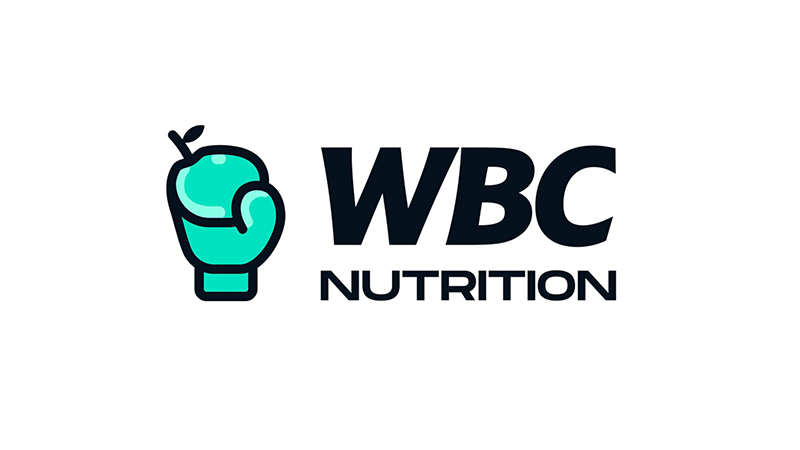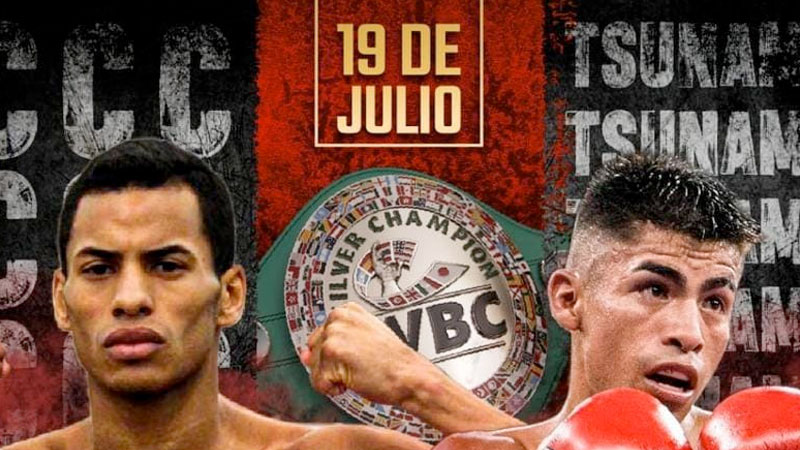
WBC Nutrition Committee: Diets that Help with Post-Operative Healing
By Dr. Phillip Goglia
“We are what we eat,” as my good friend and colleague Dr. Philip Goglia says. Philip is a certified nutritionist. He has more than 30 years of experience – helping and healing through nutrition.
The fact is, he has helped many of my patients during postoperative recovery with his peerless knowledge of performance nutrition. When Philip tells me about the role of food in the healing process, that’s when I take out pencil and pad (yes, I still use a pencil) and scribble furiously.
If there are any nutrition “secrets” to healing, the big one is to lose fat and to keep it off. Naturally we don’t need additional weight as we heal from surgery – that’s just plain common sense. But we don’t starve ourselves either. Nor do we choose postoperative recovery as a great time to experiment with a fad diet.
Much of this nutrition strategy is covered well-before surgery. The best results come from patients who are as healthy and fit as possible. With that in mind, I pass along Philip’s “4 keys to fitness success”:
- Train like it matters – like a full post-operative recovery.
- Fitness and physique is 80% kitchen and 20% gym.
- Drink water!
- Focus on performance; accomplish what you need to succeed.
Reaching your ‘rep goals’ is important. But it’s the “80% kitchen” that sometimes is a little daunting. When you think about your total food intake, then what you eat should be your single most important concern. And this is where Dr. Goglia’s keen professional advice is so very handy.
I asked one question: “What’s your number one rule when it comes to nutrition?” Philip came up with 10!
- Avoid all foods that have multi-ingredients such as breads, muffins, bagels, pastries, cereal, et cetera. Basically, you want to stay away from any baked goods that include yeast, sugar, mold, and gluten (even if gluten is not a problem).
- Avoid any diet foods or beverages that has the label “Low or No Fat” or “Low or No Sugar.” You don’t need sweetening chemicals in your body. Frankly, nobody does.
- This goes back to number 3 of the ‘4 Keys to Fitness Success’ – Always hydrate your body. You should be drinking 1/2 oz to 1 oz of water per each pound you weigh every day no matter what.
- While each person’s metabolic body type is different, generally speaking a healthy diet includes high fat fish, carbohydrates (potatoes, rice, yams), organic poultry, fresh fruits and fresh vegetables.
- Try to eliminate as much dairy from your diet as possible. A splash of milk in your coffee is okay though! And if you’re very good, help yourself to one “tall cappuccino” at your favorite Starbucks (max, one per day).
- Never rely on supplements over real food and exercise. No matter what anyone else may tell you, supplements won’t fix a pizza or a skipped meal.
- The biggest protein meal you eat should be at night. This is when your body has time to rest and repair your muscle tissue.
- Looking for a great pre-work out snack? Eat raw nuts – like 12 almonds with a piece of fruit. This will give you a great source of fat as an energy source. The sugar and fat combination will be extremely energizing and sustainable for a workout of 90 minutes or so.
- Avoid sports drinks. Many of them are high in sodium and sugar. Some contain over-the-top amounts of caffeine, which will cause digestive discomfort. The type of energy you get from sports drinks is “spikey” at best and not sustainable. You’ll crash as soon as the effect wears off.
- Generally speaking – NO “protein bars.” See note below.
Here’s the note about “protein bars.” When I asked Philip about what type of protein bars are best to eat, he just smiled. “There is no such thing as a protein bar!”
He goes on. “Does your protein bar taste like salmon, chicken or steak? Doubtful. It probably tastes like chocolate or cookies.” And that’s his big point.
More than likely, your favorite “protein” bar has more in common with a common candy bar. In most cases, it’s a package of sugar with “fairy dusting” of some kind of low grade protein in it. On this point, Philip (and now I) caution our patients about getting sucked into crafty marketing. If it’s not fish, poultry, steak, eggs or nuts, it’s not a source of protein. Period.
The only exception that Philip makes is that If you choose to use a pre-work out bar, then make sure it is one that clearly states that it is a “50/50” food: an even split between sugar and fat. This type of food can be used for sustainable workout energy. Some examples are Bonk Breaker bars which is Philip’s favorite choice and the choice of cyclists and other multi-sport athletes.
Lastly, the most important note of all is Philip’s reminder that portions are important and consistency is vital. Eat what your body needs to fulfill nutritional needs. Moreover, be consistent and keep up with the program.
To your greatness!
![]()
Related posts
test


